|
Centrip Editorial Board
Nagoya Souvenirs: Centrip Japan's Complete Guide to Nagoya

When it comes to buying souvenirs in Nagoya, we recommend purchasing them all together somewhere like inside Nagoya Station, Eska in the Nagoya Station underground shopping mall, Kinshachi Yokocho Nagoya or at Chubu Centrair International Airport. One distinguishing feature of souvenirs from Nagoya is that the volume you get is massive so they can be quite heavy. It's fitting when you think about Nagoya's food culture.
Uiro
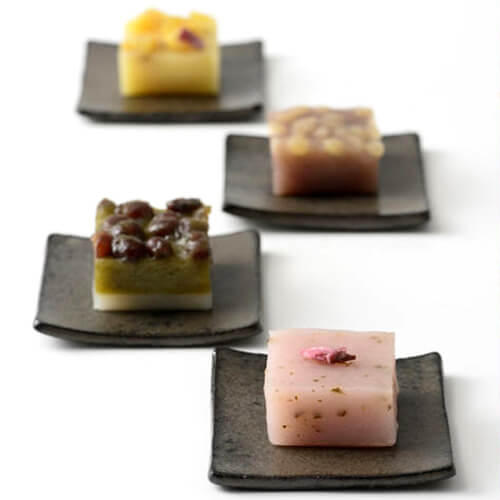 Nagoya's Most Iconic Dessert
Nagoya's Most Iconic DessertThis chewy and voluminous dessert has quite a long history. It's made by mixing rice flour, wheat flour, sugar, and hot water. Pour that into a mold and steam it. It comes in a variety of flavors including green tea and brown sugar. While originally from China, this sweet is a perfect representation of the personality of Nagoya residents.
Shrimp Crackers (Yukari)
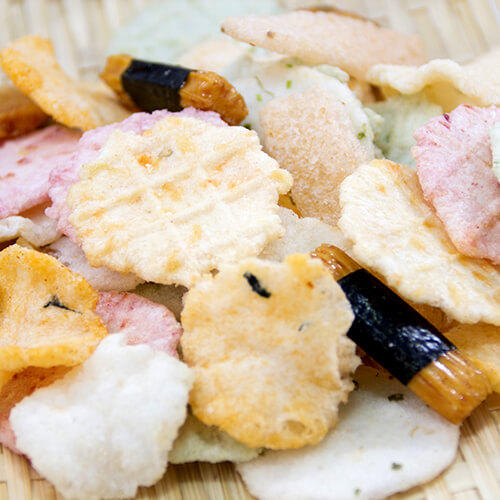 The Shrimpy Taste You Can't Get Enough Of
The Shrimpy Taste You Can't Get Enough OfAichi is home to a lot of shrimp. In fact, it's often called "The Prince of the Shrimp". There are a lot of places around Japan that harvest large numbers of tiger prawns, but the ones from Aichi are fresh-caught. Those prawns are then roasted into shrimp crackers, which Aichi is the number one in producing. The most popular brand to give as gifts amongst Nagoyans is the gold-tin variety from Yukari.
Golden Carp Doll Cakes
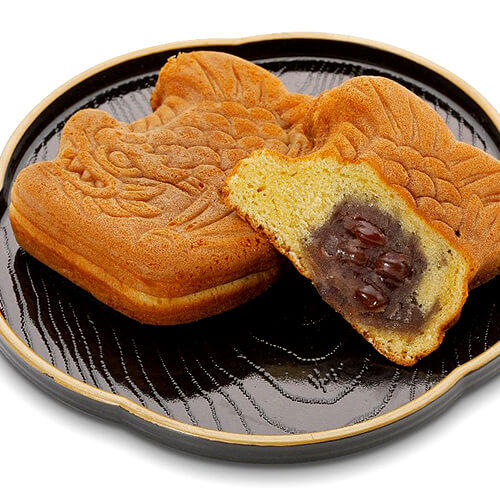 These soft and sweet doll cakes are a symbol of Nagoya, and while you can find these castella cakes anywhere, these particular are shaped like the Golden Carp that sit atop Nagoya Castle. The heart of the Nagoya people rests with Nagoya Castle. The Golden Carp that sit on top of the castle is the preeminent symbol of the city. There are many souvenirs that bear the mark of these Golden Carp, but these cakes were selected as the winner of the Mayor's Prize in the "100 Foreigner • Aichi • Nagoya Souvenir Contest".
These soft and sweet doll cakes are a symbol of Nagoya, and while you can find these castella cakes anywhere, these particular are shaped like the Golden Carp that sit atop Nagoya Castle. The heart of the Nagoya people rests with Nagoya Castle. The Golden Carp that sit on top of the castle is the preeminent symbol of the city. There are many souvenirs that bear the mark of these Golden Carp, but these cakes were selected as the winner of the Mayor's Prize in the "100 Foreigner • Aichi • Nagoya Souvenir Contest".
Ogre Manju
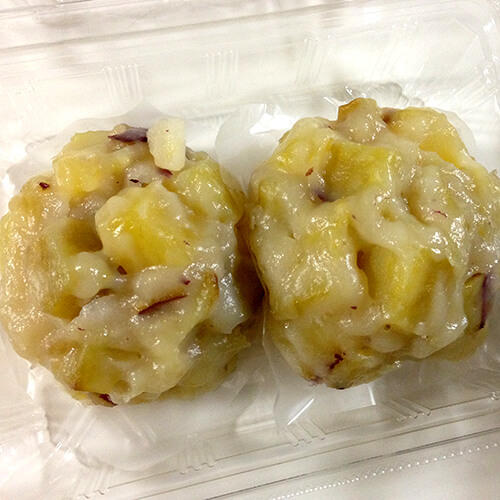 These cakes are wonderfully soft, have a rich sweet potato flavor, and have been a longtime favorite snack for people living in and around Nagoya. The dough is made from flour and sugar, with corner-cut sweet potatoes added before being steamed. Due to the lumpy appearance of the sweet potatoes inside, these cakes were said to resemble Japanese ogres. They're often made at home in addition to being available in stores.
These cakes are wonderfully soft, have a rich sweet potato flavor, and have been a longtime favorite snack for people living in and around Nagoya. The dough is made from flour and sugar, with corner-cut sweet potatoes added before being steamed. Due to the lumpy appearance of the sweet potatoes inside, these cakes were said to resemble Japanese ogres. They're often made at home in addition to being available in stores.
Nagoyan
 These little lumps of sweet golden bean paste wrapped in sponge cake go perfectly with tea or coffee. The amount you get per package is impressive as well, which is Nagoyans love them. They are produced by the leading national bread maker, Pasco. You can find them at supermarkets all around the Nagoya area and make the perfect snack.
These little lumps of sweet golden bean paste wrapped in sponge cake go perfectly with tea or coffee. The amount you get per package is impressive as well, which is Nagoyans love them. They are produced by the leading national bread maker, Pasco. You can find them at supermarkets all around the Nagoya area and make the perfect snack.
Nayabashi Manju
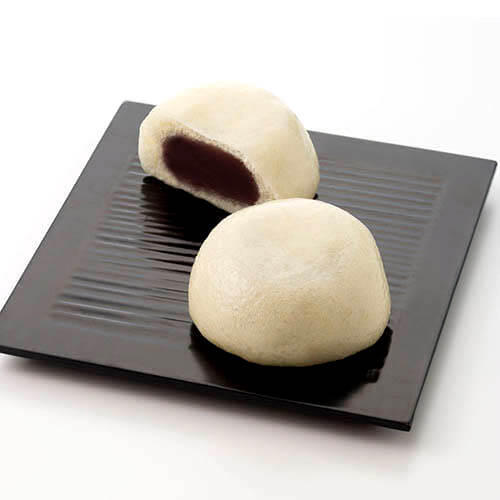 These delicious traditional cakes are a touch sweet and have a slight sake fragrance to them. They've been a Nagoya staple for over 100 years. The cakes' skin is made from the yeast used during the sake brewing process. This is mixed with glutinous rice, along with flour, and then allowed to ferment. No sugar or preservatives are added to these cakes. Nagoyans often add pancake batter to these and bake them in the oven, covered in butter.
These delicious traditional cakes are a touch sweet and have a slight sake fragrance to them. They've been a Nagoya staple for over 100 years. The cakes' skin is made from the yeast used during the sake brewing process. This is mixed with glutinous rice, along with flour, and then allowed to ferment. No sugar or preservatives are added to these cakes. Nagoyans often add pancake batter to these and bake them in the oven, covered in butter.
Dinagon
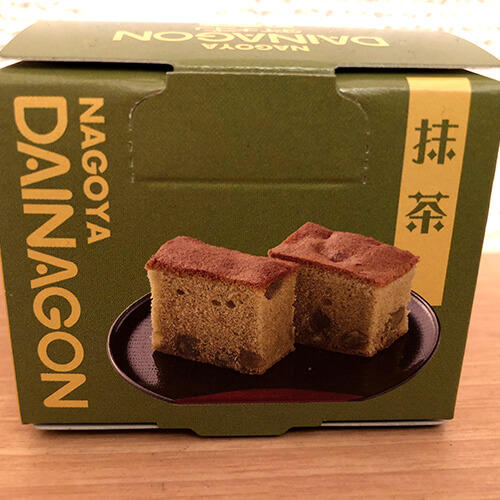 These sweet red bean sponge cakes have been a favorite amongst Nagoyans for nearly 50 years. The sweet red beans used for these cakes, which Nagoyans also love to smear on toast, are raised in Hokkaido. This treat has a certain East meets West flavor to it. In addition to the red bean variety, you'll also find a green tea flavored "Dinagon Matcha" and the walnutty "Dinagon Chocolate".
These sweet red bean sponge cakes have been a favorite amongst Nagoyans for nearly 50 years. The sweet red beans used for these cakes, which Nagoyans also love to smear on toast, are raised in Hokkaido. This treat has a certain East meets West flavor to it. In addition to the red bean variety, you'll also find a green tea flavored "Dinagon Matcha" and the walnutty "Dinagon Chocolate".
Frog Manju
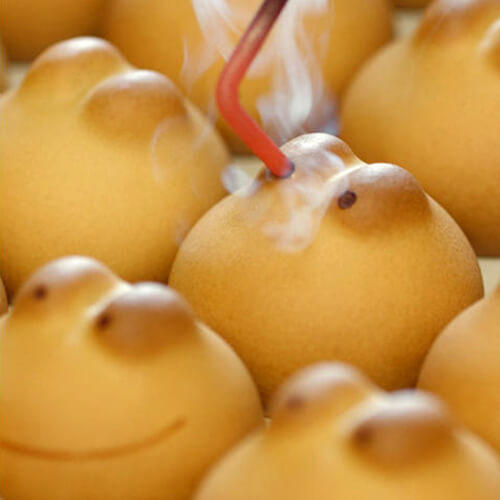 These frog-shaped cakes are somewhat of a good luck charm. The words for "frog" and "return home" are both pronounced "kaeru", so whether you're flying or driving home, it's a good idea to pick up some of these. The cute frog appearance will delight kids and adults alike.
These frog-shaped cakes are somewhat of a good luck charm. The words for "frog" and "return home" are both pronounced "kaeru", so whether you're flying or driving home, it's a good idea to pick up some of these. The cute frog appearance will delight kids and adults alike.
Akafuku
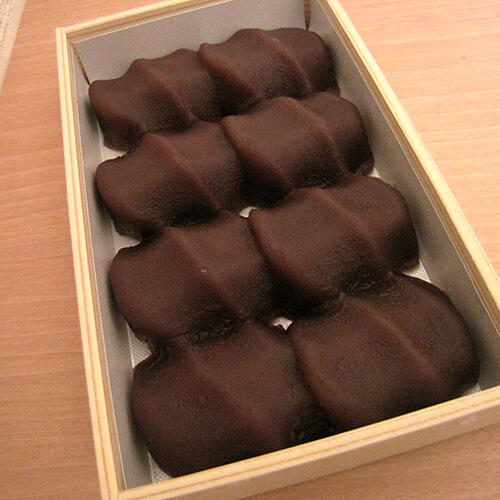 Nagoya's #1 Selling Souvenir
Nagoya's #1 Selling SouvenirThese yummy little glutinous rice-wrapped balls of sweet red bean paste come from Ise Jingu's home of Mie Prefecture. Their history stretches back more than 300 years and they are loved by people far and wide. If you venture into one of Akafuku's retail locations, you can enjoy green tea-flavored shaved ice in the summer or sweet red bean soup in the winter. Both are delicious, so you can't go wrong, no matter what time of year it might be.
Kishimen Pie
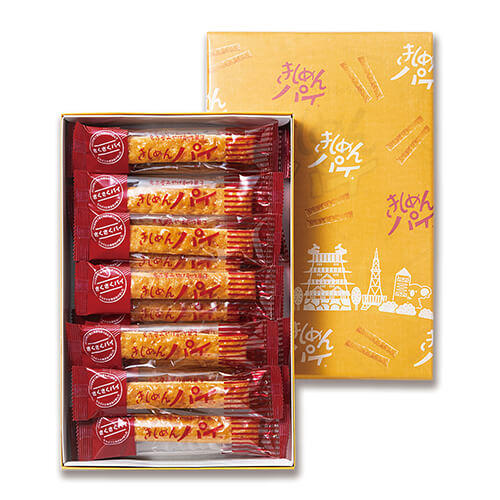 I Can't Believe They're Not Noodles!
I Can't Believe They're Not Noodles!These pies are meant to evoke a feeling of Nagoya's famous kishimen noodles with their appearance. Flat and long, like kishimen noodles, these sweet and flaky pies have a deliciously light taste. The ingredients are carefully selected and baked with great care. These are a longtime favorite when it comes to souvenirs.
Nagoya France
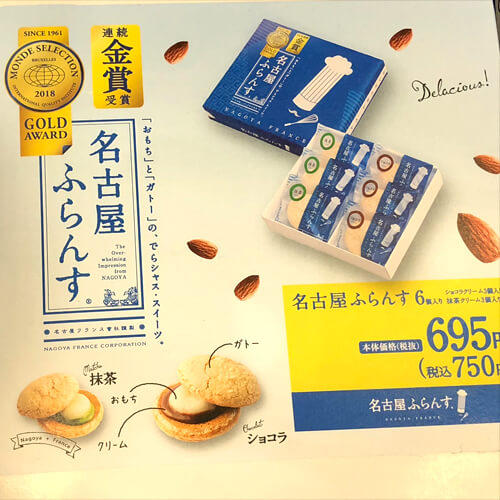 A Nagoya Take on French Gateau
A Nagoya Take on French GateauThis interesting dessert is a Japanese mochi version of the classic French gateau. They have a slightly crisp texture but are still relatively soft. The Nagoya France is a past winner of the "Nagoya Souvenir Design" award. It also received an honorable mention at the 26th National Sweet Exhibition. It's a great example of Nagoya's unique style.
Nagoya Golden Carp Cheese Tart
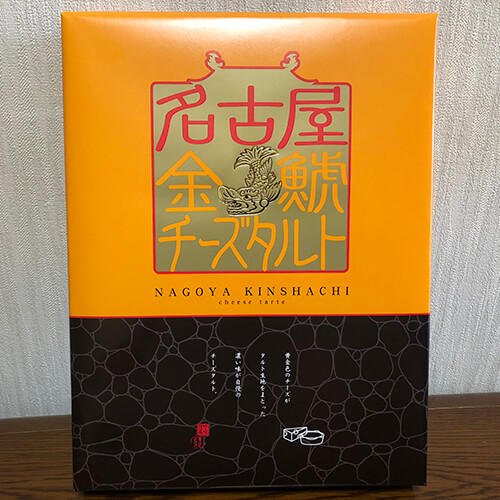 A Long Established and Much Loved Western Sweet
A Long Established and Much Loved Western SweetThese tarts have a wonderful cheese-fruit blend that exudes a sense of luxury. First created by Matsukawaya in 1862, they continue to be a popular souvenir even to this day. Matsukawaya is often referred to as the "Confection Lord" due to the quality of their sweets and history. The package's design features Nagoya Castle and its Golden Carp.
Moriguchi Pickles
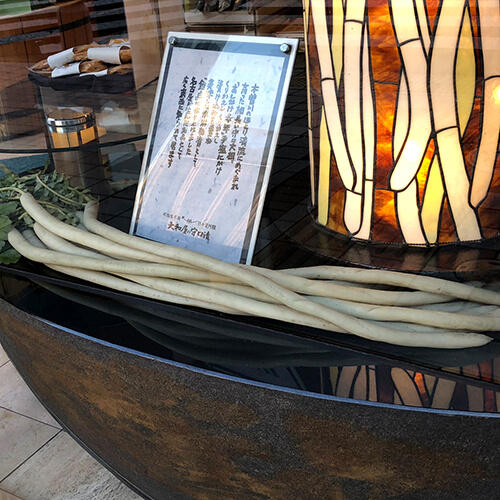 The World's Longest Pickled Radishes
The World's Longest Pickled RadishesThese radishes have been pickled in alcohol and have a deep rich taste. They go particularly well with eel and are often paired with Nagoya's famous "hitsumabushi". They were certified by Guinness as holding the record for largest pickled radish, at 2-3 centimeters in diameter and reaching 2 meters in length. Great with a bowl of rice, but these aren't cheap.
Chicken Wings To-Go
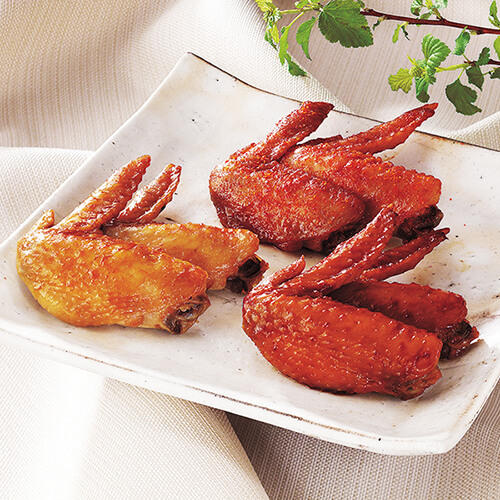 Finger-Lickin' Good Chicken Wings
Finger-Lickin' Good Chicken WingsThese chicken wings are slow-cooked until the meat is just about falling off the bone. The broth that makes them so juicy is the same kind used in fine Japanese restaurants. In addition to the kara-age-esque sweet and spicy version, you'll also find hatcho miso and flamin' hot spicy versions as well. The souvenir version has a shelf-life of around half a year, making them perfect for gifts that'll bring the unique taste of Nagoya back home with you. In the event you won't be able to take them on the plane with you, they make a great hotel snack as well.
Nagoya Eggs
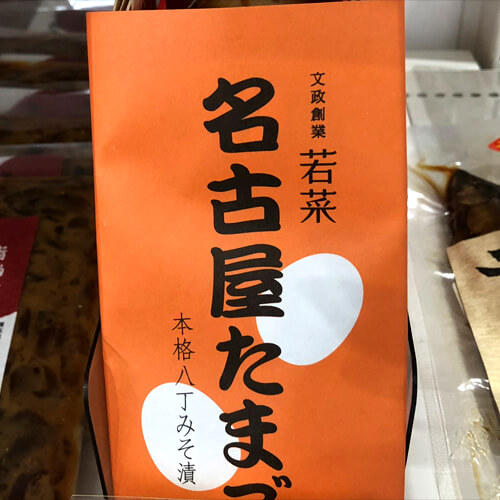 The Ultimate Marriage of Miso and Eggs
The Ultimate Marriage of Miso and EggsThese boiled fresh eggs are dipped in hatcho miso, producing a rich flavor that's a touch spicy but easy to eat. Nagoyans can't help but love them. The pairing of eggs and miso is quite common in the area. Due to the miso pickling process, these eggs have a shelf life up to 1 month.
Tea
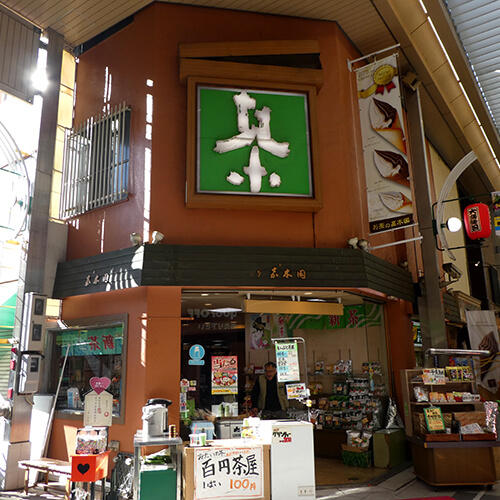 The Beloved Taste Since the Edo Period
The Beloved Taste Since the Edo PeriodThere are a lot of high-end tea sellers in Nagoya. Even as you walk down the street, you're often greeted with the smell of tea wafting outside of these shops. The reason for this tea culture harkens back to days of old when Nagoyans began frequenting tea houses and cafes meant for the common man. It doesn't hurt that the fathers of modern Japan, Oda Nobunaga, Toyotomi Hideyoshi, and Tokugawa Ieyasu were all huge fans of tea—Tokugawa being particularly into tea-related pottery. The roots of this love affair are planted all the way back to the Warring States Period.
Arimatsu Tie-Dye Handkerchiefs
 Handkerchiefs Popular Amongst Foreign Visitors
Handkerchiefs Popular Amongst Foreign VisitorsTie-dyeing in Japan has a history stretching back to the Edo Period. As different areas of the cloth were dipped into the dye, the separation of color and space led to the Japanese version of tie-dye that we still have today. Arimatsu, in Nagoya, is particularly famous for this style of fabric dyeing. Many foreign visitors come to Nagoya just to purchase these items. The town is also home to some buildings over 200 years old.
Local Beer
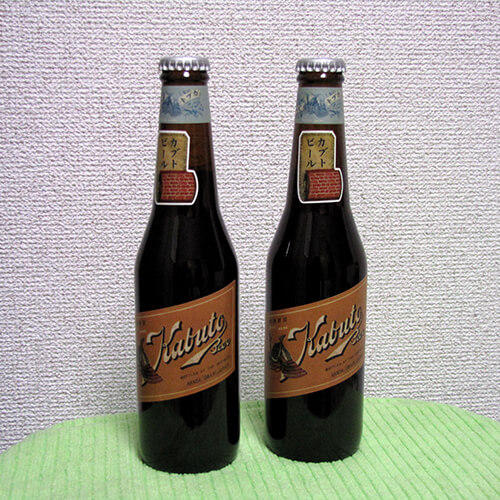 Rich-Tasting Beer
Rich-Tasting BeerThere are quite a few craft beer producers in and around Nagoya. Brewer Mitsuboshi has brought back "Kinshachi Beer" and the pre-war Kabuto Beer are great examples of the reemergence of Nagoya's beer brewing culture. Many of the beers from the area have quite a rich flavor.
Local Sake
 Nagoya's Water is Great for Sake
Nagoya's Water is Great for SakeThe tradition of sake brewing in the Nagoya area stretches back a long time. There relatively quite a few breweries in Nagoya and the variety is impressive. Nagoya is not well-known as a sake producer, however, making it somewhat of a secret treasure. Nagoyans are not known for drinking a lot of sake though.
Read More
- All About Nagoya: Centrip Japan's Complete Guide to Nagoya
- Getting Around Nagoya: Centrip Japan's Complete Guide to Nagoya
- Nagoya Local Information : Centrip Japan's Complete Guide to Nagoya
- Nagoya Transportation: Centrip Japan's Complete Guide to Nagoya
- Must-See Tourist Spots in Nagoya: Centrip Japan's Complete Guide to Nagoya
- Must-Eat Foods in Nagoya: Centrip Japan's Complete Guide to Nagoya
- Centrip Japan's Complete Guide to Nagoya



